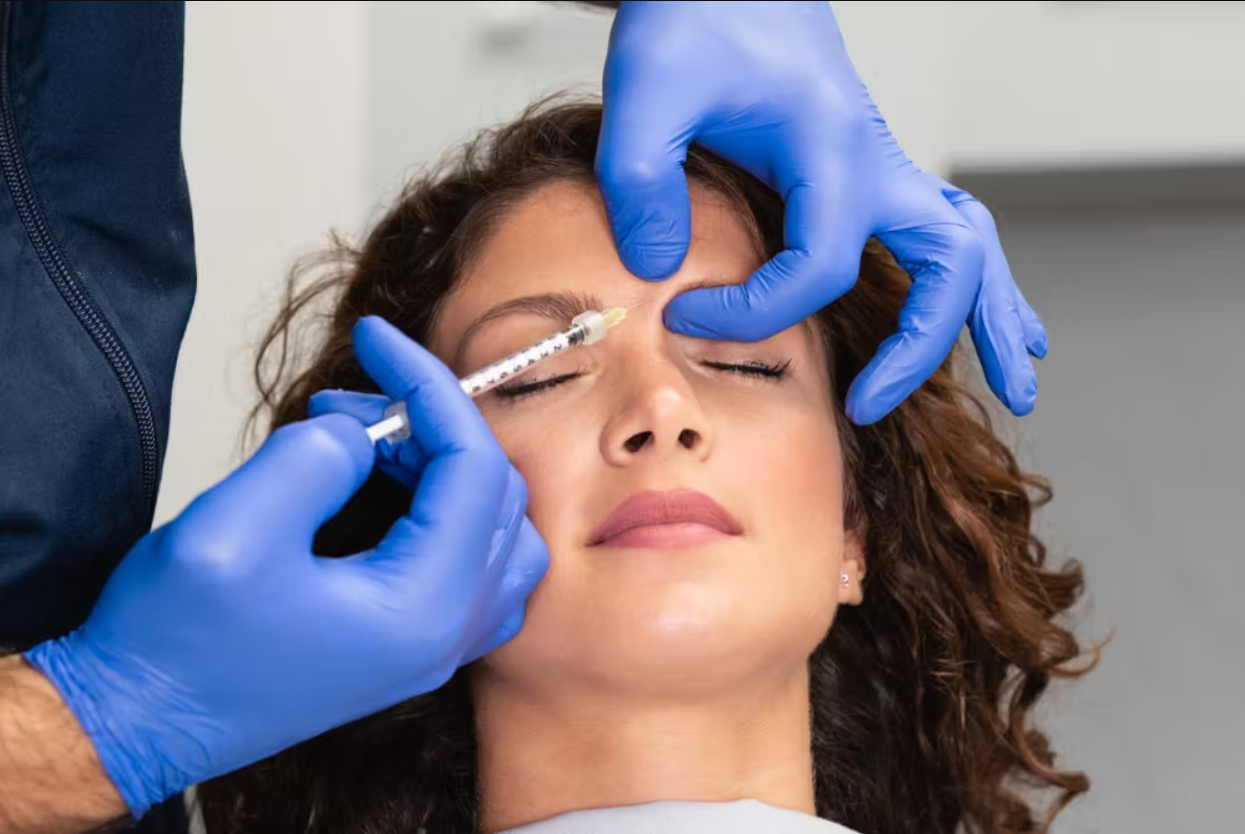Considering dermal fillers to smooth wrinkles, restore volume, or enhance facial features? Then you're likely wondering: Should I go to a dermatologist or a plastic surgeon for fillers?
It’s a common and important question. After all, facial injections may be non-surgical, but they still require expert knowledge of anatomy, technique, and aesthetics.
In this guide, we’ll compare dermatologists and plastic surgeons when it comes to fillers—so you can make an informed and confident decision.

Both board-certified dermatologists and board-certified plastic surgeons are qualified to perform dermal filler injections. But their training, focus, and approach can differ significantly.
A dermatologist is a medical doctor specializing in the health of the skin, hair, and nails. Within dermatology, many physicians further specialize in cosmetic dermatology, which includes injectables like dermal fillers, lasers, and skin resurfacing.
In-depth knowledge of skin layers and structure
Expertise in treating facial aging and skin conditions
Focus on minimally invasive aesthetic procedures
Often the first to adopt newer filler techniques and technologies
Reference: American Academy of Dermatology (AAD). “What is a dermatologist?” www.aad.org/public
A plastic surgeon is a medical doctor trained in performing surgical and non-surgical procedures to reconstruct or enhance physical appearance. They often specialize in facial anatomy, surgical lifting, and structural rejuvenation.
Deep understanding of facial anatomy (muscles, fat pads, bone structure)
Skilled in both non-surgical and surgical facial rejuvenation
Able to recommend surgical alternatives if needed
Often experienced in complex or reconstructive cases
Reference: American Society of Plastic Surgeons (ASPS). “What is a plastic surgeon?” www.plasticsurgery.org
| Criteria | Dermatologist | Plastic Surgeon |
Core Expertise | Skin health & aesthetic dermatology | Facial structure & cosmetic surgery |
Training in Injectables | Extensive (especially cosmetic dermatologists) | Included as part of overall training |
Focus Area | Non-invasive skin & anti-aging treatments | Surgical + non-surgical facial enhancements |
Procedure Types | Fillers, Botox, lasers, skin rejuvenation | Fillers, facelifts, fat grafting, surgery |
Ideal For | Surface-level corrections & first-time users | Structural volume loss & full-face contouring |
The truth is: both can be excellent choices. What matters most is the individual practitioner's experience, technique, and aesthetic judgment.
You’re looking for subtle, skin-focused improvements
You’re new to fillers and want a conservative approach
You also want treatment for pigmentation, acne, or skin texture
You’re interested in minimally invasive anti-aging procedures
You have moderate to severe volume loss or facial asymmetry
You’re considering both fillers and surgery
You want to address deep-set wrinkles, hollow cheeks, or jawline sculpting
You prefer someone with surgical backup options if needed
Reference: Sadick, N. S. (2008). Aesthetic dermatology: current perspectives. Clinics in Dermatology, 26(6), 627–631.
While the specialty is important, the experience and reputation of the injector are often more critical. Ask about:
Board certification
Years of experience with fillers
Before-and-after photos
Product familiarity
Clinic hygiene and safety protocols
How many years have you been injecting dermal fillers?
What brands and types of fillers do you use?
Can I see before-and-after photos of your patients?
What would you recommend for my facial structure?
What happens if I don’t like the result?
No matter who you choose, avoid going to unlicensed or poorly trained injectors, including:
Non-medical personnel at salons or spas
Providers without board certification or relevant training
Clinics offering deep discounts that seem “too good to be true”
Reference: FDA. “The Risks of Injectable Silicone and Unlicensed Fillers.” www.fda.gov
Both dermatologists and plastic surgeons can deliver beautiful, natural-looking filler results. The real question is not "who," but "how skilled are they?"
So whether you choose a dermatologist or a plastic surgeon, make sure they:
Are board-certified
Specialize in facial aesthetics
Have a strong portfolio and great reviews
Listen to your goals and offer a customized plan
American Academy of Dermatology. “What is a dermatologist?” www.aad.org/public
American Society of Plastic Surgeons. “What is a plastic surgeon?” www.plasticsurgery.org
U.S. FDA. “The Risks of Injectable Silicone and Unlicensed Fillers.” www.fda.gov
Sadick, N. (2008). Aesthetic dermatology: current perspectives. Clinics in Dermatology, 26(6), 627–631.
Gold, M. H. (2007). Soft tissue augmentation in dermatology. Clinics in Dermatology, 25(5), 424–434.
Lemperle G, Holmes RE, Cohen SR. (1998). A classification of facial wrinkles. Plastic and Reconstructive Surgery, 108(6), 1735–1750.
 Call us on:
Call us on:  Email Us:
Email Us:  No. 125(E), 10th Street, Hangzhou Qiantang Area, Zhejiang, China
No. 125(E), 10th Street, Hangzhou Qiantang Area, Zhejiang, China